Music During the Romantic Period
During the Romantic period, composers used music to express themselves; it became more emotional and subjective. Composers were inspired by romantic love, the supernatural and even dark themes such as death. Some composers drew inspiration from the history and folk songs of their native country; others drew influences from foreign lands. Tone color became richer; harmony became more intricate. Dynamics, pitch and tempo had wider ranges and the use of rubato became popular. The orchestra was also expanded. As with the Classical period, the piano was still the main instrument during the early Romantic period. However, the piano underwent many changes and composers brought the piano to new heights of creative expression.
Composers During the Romantic Period
There was a huge shift in the status of composers during the Romantic period. Due to the ongoing wars, aristocrats could no longer financially support composers-in-residence and orchestras. It became hard for rich people to maintain private opera houses too. As a result, composers suffered huge monetary losses and had to find other means of earning. They composed works meant for the middle class and participated more in public concerts. During this time, more conservatories were added and some composers opted to become teachers there. Other composers supported themselves financially by becoming music critics or authors. Unlike Classical composers who often came from musically-inclined families, some Romantic composers came from non-musical families. Composers were more like “free artists;” they believed in allowing their imagination and passion to soar spontaneously and interpret it through their works. This was different from the Classical belief of logical order and clarity. The public became quite interested in virtuosity; many of them bought pianos and engaged in private music-making.
Music Forms of the Romantic Period
Some forms of the Classical period were continued during the Romantic period. However, Romantic composers adjusted or altered some of these forms to make it more subjective. As a result, music of the Romantic period is easily identifiable as compared to music forms from other periods. Romance, nocturne, etude and polonaise are examples of 19th century music. Romance refers to a short, lyrical piece for piano. It can also be for a solo instrument but with piano accompaniment. Nocturne, which means “night piece” in French, is a slow, lyrical and intimate composition for piano solo. Etude, which means “study” in French, is a composition meant to help a student learn difficult playing techniques and/or help performers master technical difficulties. Polonaise was originally a Polish court dance; it is a composition in triple meter for piano solo.
Nationalism During the Romantic Period
The nationalistic spirit was awakened during the French Revolution and Napoleonic wars. This became a vehicle for composers to express their sentiments about the political and economic climate during the Romantic period. Composers drew inspiration from the folk songs and dances of their country. This nationalist theme can be felt in the music of some Romantic composers whose works were influenced by the history, people and places of their native country. This is particularly evident in operas and program music of that period.


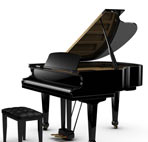
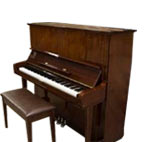
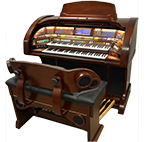
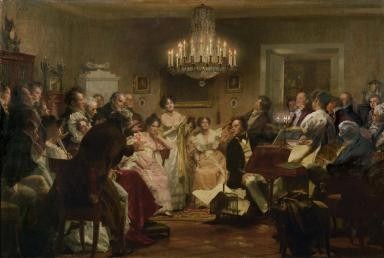

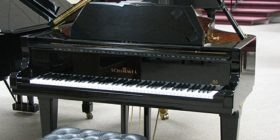
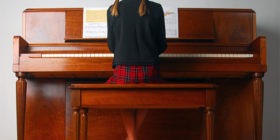
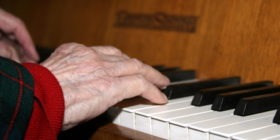
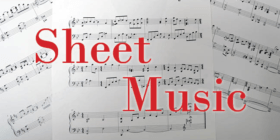
Leave a reply